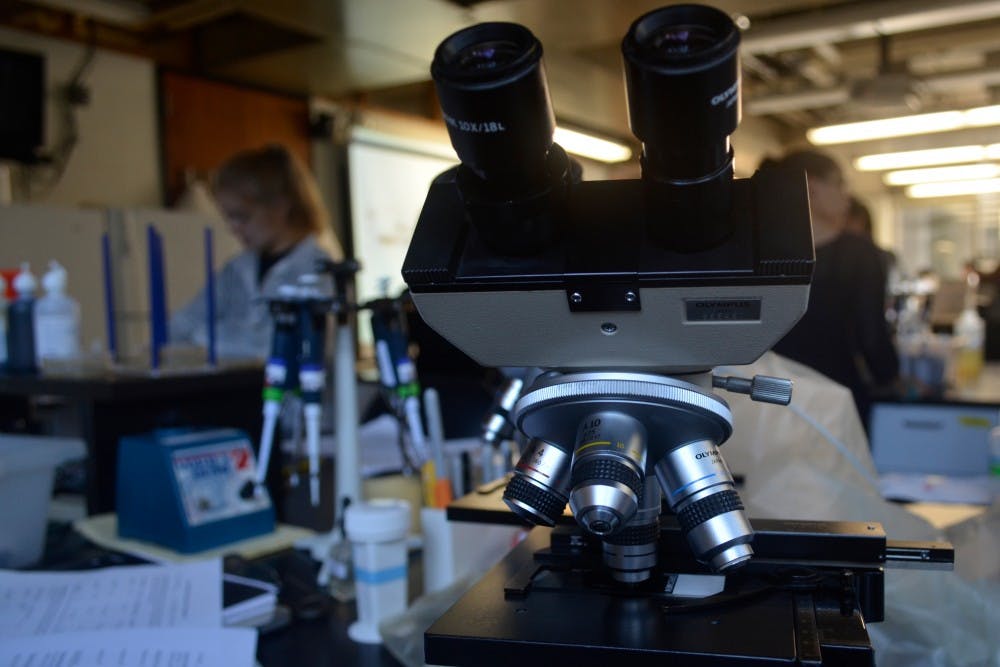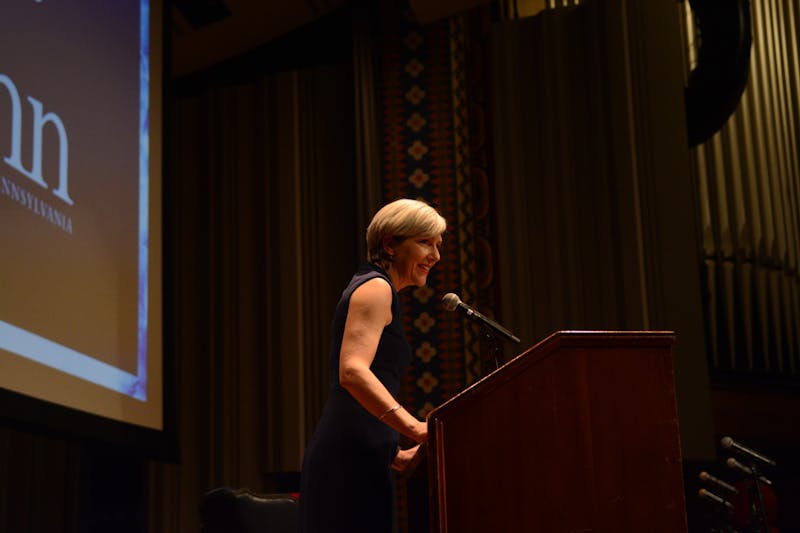
Penn Bioengineering professors have developed a new technique for identifying fraudulent scientific research papers.
According to the research paper, sometimes scientists will respond to failed studies by selecting another person’s image to suggest a falsified successful outcome, rather than accepting a loss of time and effort.
To prevent against this phenomenon, Penn Bioengineering professor Konrad Kording, Syracuse University professor Daniel Acuna, and Paul Brookes developed a new algorithm that compares images across journal articles in an effort to uncover researchers who have used another person’s image to benefit their own work. The algorithm can also identify images that have been slightly cropped, rotated, or resized.
"Science depends on building upon other people’s work,” Acuna told the Medium. “If you cannot trust other people’s work, the scientific process collapses and, worse, the general public loses trust in us."
Kording is a Penn Integrates Knowledge professor, with joint appointments in the Department of Neuroscience in the Perelman School of Medicine and the Department of Bioengineering in the School of Engineering and Applied Science. His research mainly focuses on the intersections of medicine and engineering along with data analysis.
Kording is considering possibly licensing out the algorithm to academic journals to further combat fraudulent papers, but is unsure about the accuracy of the algorithm at this stage. While the researchers found "promising" results in their paper, Kording said he is concerned that the algorithm could potentially imply that some research papers are fraudulent even if the reuse of an image was incidental.
“We can detect fraud at scale,” Kording told the Medium, “but there can be things that look like fraud that are not.”
The Daily Pennsylvanian is an independent, student-run newspaper. Please consider making a donation to support the coverage that shapes the University. Your generosity ensures a future of strong journalism at Penn.
Donate






